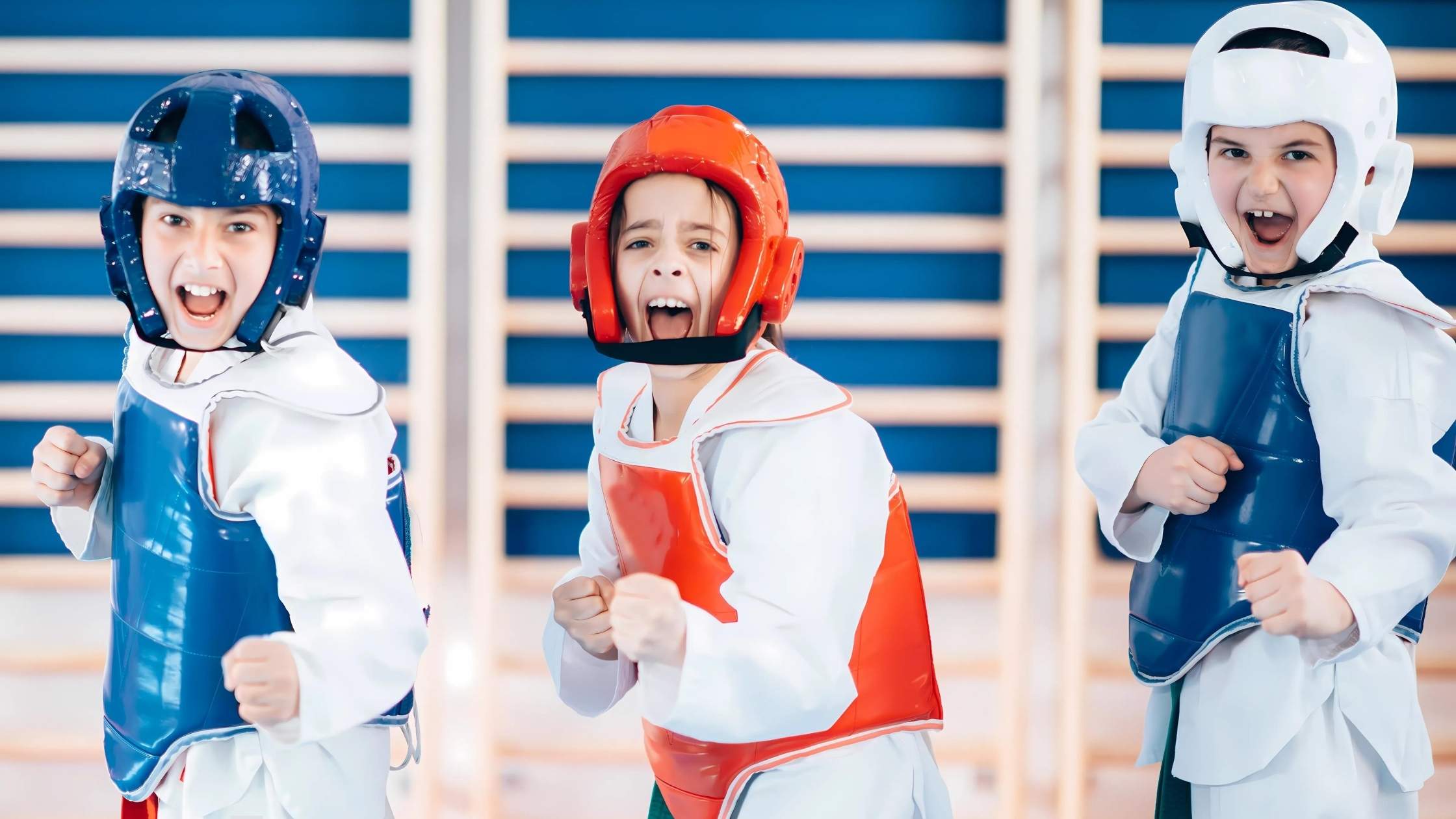Choosing the right sports classes for your child can be a rewarding yet challenging endeavor. With an array of options available, it’s essential to consider your child’s interests and preferences to ensure they find joy in their chosen activity. This guide will help you navigate the selection process, emphasizing the importance of sports and fitness training.
Factors to Consider When Choosing Sports Classes
Understand Your Child's Interests
The first step in selecting appropriate sports classes is to understand what your child enjoys. Engage them in conversations about their favorite activities and what they would like to try.
-
Observation: Watch how they play during unstructured activities. Do they prefer running around with friends, or do they enjoy more solitary activities like gymnastics?
-
Trial Classes: Many sports organizations offer trial classes or introductory sessions. Enroll your child in a few different classes to see what resonates with them.
Encouraging exploration allows children to discover their passions in sports fitness, leading to a more fulfilling experience.
Assess Physical Abilities
Every sport requires different physical attributes, so it’s crucial to assess your child’s physical capabilities.
-
Strength and Coordination: Some sports demand more strength or coordination than others. For instance, soccer requires running and agility, while swimming emphasizes endurance and technique.
-
Fitness Training Needs: Consider whether your child needs additional fitness training to enhance their performance in a specific sport. Some children may benefit from strength training or flexibility exercises before diving into competitive sports.
By understanding their physical capabilities, you can choose classes that challenge them without overwhelming them.

Consider Emotional Readiness
Apart from physical abilities, emotional maturity plays a vital role in sports participation.
-
Team Dynamics: Team sports often require cooperation and communication. If your child is shy or struggles with teamwork, individual sports like tennis or martial arts might be a better fit initially.
-
Handling Pressure: Competitive environments can be stressful. Assess whether your child can handle competition and setbacks gracefully. If they tend to get anxious about losing, it may be beneficial to start with non-competitive classes that focus on skill development rather than competition.
Explore Various Options
There are countless types of sports classes available, catering to different interests and skill levels.
-
Team Sports: Soccer, basketball, and baseball promote teamwork and social interaction while enhancing physical fitness.
-
Individual Sports: Activities such as swimming, martial arts, or gymnastics allow children to develop skills at their own pace.
-
Fitness Training Programs: Look for classes that incorporate elements of fitness training tailored specifically for kids. These programs often focus on fun while building strength, endurance, and flexibility.
By providing a range of options, you allow your child to find what truly excites them about sports and fitness.
Practical Considerations
When choosing the right sports classes, practical factors also come into play:
-
Location: Select classes that are conveniently located to ensure regular attendance without added stress.
-
Cost: Evaluate the financial implications of enrolling in certain sports programs. Ensure you choose options that fit within your budget while still providing quality instruction.
-
Schedule Compatibility: Consider your child's school schedule and other commitments when selecting sports classes. A busy schedule can lead to burnout if not managed properly.
Encourage Open Communication
Throughout this process, maintain open communication with your child. Encourage them to express their thoughts about the classes they attend.
-
Feedback Loop: Regularly ask how they feel about their experience in each class. Are they having fun? Do they feel challenged? This feedback is invaluable in ensuring that their interests remain aligned with their activities.
-
Celebrate Progress: Regardless of performance outcomes, celebrate their efforts and improvements in both skills and confidence.
Support Your Child’s Journey
-
Encouragement: Once you’ve selected a class, provide encouragement without pressure. Celebrate their efforts and achievements in their chosen sport, regardless of whether they excel immediately.
-
Be Involved: Attend games or performances when possible to show support for your child’s commitment to their sport. Being present fosters a sense of belonging and encourages them to continue participating in sports fitness activities.
-
Open Communication: Maintain an open line of communication with your child about their experiences in the class. If they express dissatisfaction or a desire to try something new, be receptive and willing to explore other options together.

In summary, selecting the right sports classes involves understanding your child’s interests, evaluating program options, and encouraging a holistic approach to sports fitness training. By supporting their journey in sports and fitness, you’re helping them build not just athletic skills but also essential life skills that will serve them well into adulthood.
Wondrfly provides the resources to explore various sports classes in Jersey City. The platform offers a wide range of options, from popular team sports to individual activities.
